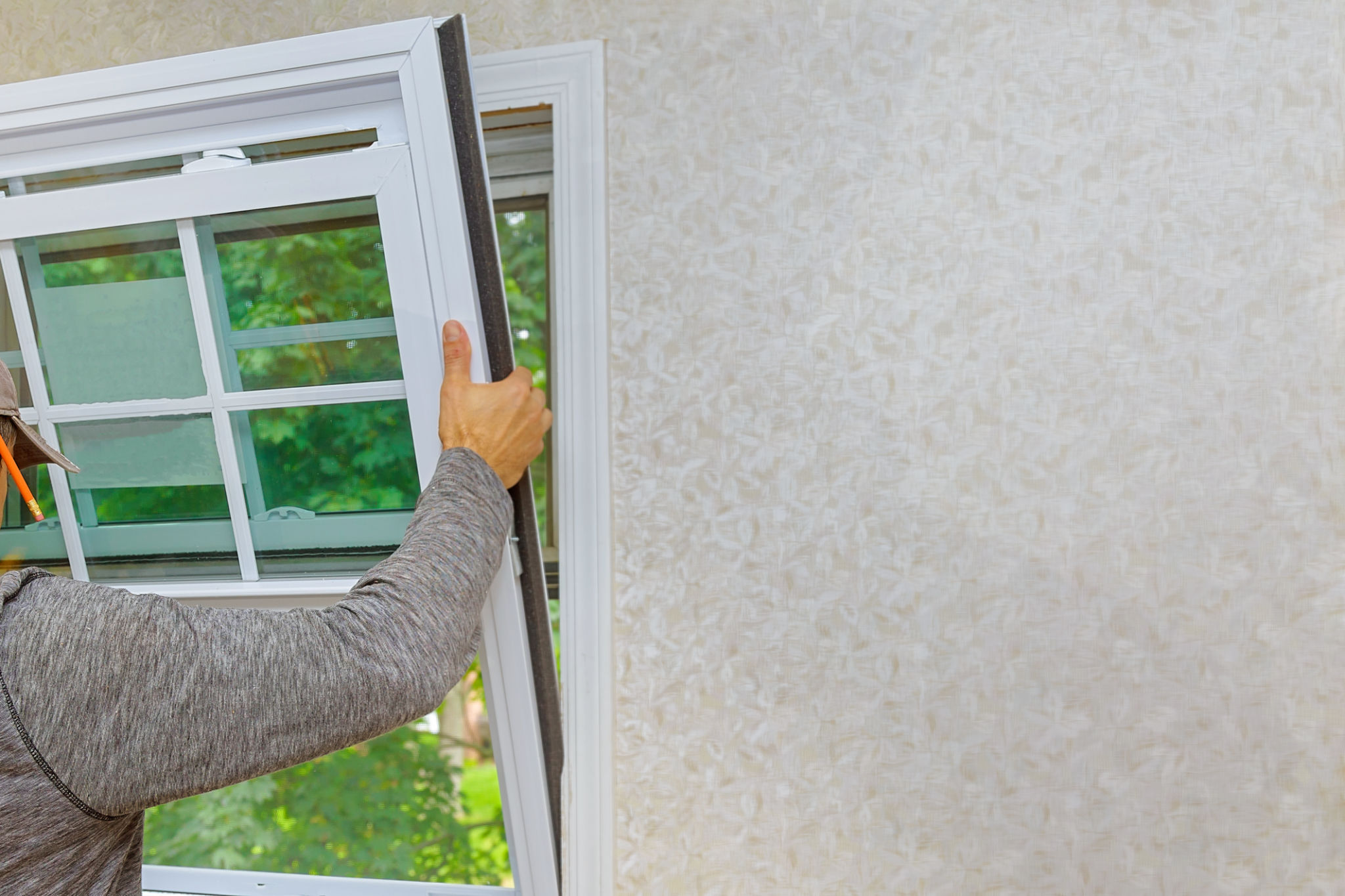Case Study: Successful Eco-Friendly Home Renovation in Canyon, TX
Introduction to the Eco-Friendly Home Renovation
In the heart of Canyon, TX, a remarkable transformation took place, turning a conventional home into a shining example of sustainability. This case study delves into the successful eco-friendly renovation project that not only enhanced the home's aesthetics but also significantly reduced its environmental footprint.
Eco-friendly renovations are becoming increasingly popular as homeowners seek to reduce their impact on the environment while enjoying modern comforts. This Canyon, TX project serves as an inspiring case for those considering a similar path.

Planning and Preparation
The journey began with extensive planning and preparation. The homeowners, keen on embracing sustainability, collaborated with architects and builders specializing in eco-friendly practices. The initial phase involved assessing the existing structure and identifying areas for improvement.
Key considerations included energy efficiency, water conservation, and the use of sustainable materials. A comprehensive plan was devised to address these aspects, ensuring that every change contributed to the home's overall sustainability goals.
Setting Clear Objectives
Clear objectives were set to guide the renovation process. These included:
- Reducing energy consumption by at least 30%
- Utilizing renewable energy sources
- Incorporating water-saving features
- Selecting sustainable building materials
Implementation of Eco-Friendly Features
With a solid plan in place, the renovation moved into the implementation phase. One of the first steps was enhancing the home's energy efficiency. This involved installing high-performance insulation and energy-efficient windows, significantly reducing heat loss during colder months.

The inclusion of solar panels was a major highlight of the project. By harnessing solar energy, the homeowners could generate their own electricity, drastically cutting down on utility bills and reliance on fossil fuels.
Water Conservation Measures
Water conservation was another critical aspect of the renovation. Low-flow fixtures were installed in bathrooms and kitchens to reduce water usage without compromising performance. Additionally, a rainwater harvesting system was integrated to collect and store rainwater for landscaping purposes.
Choosing Sustainable Materials
The choice of materials played a crucial role in achieving the project’s sustainability goals. Recycled and locally sourced materials were prioritized to minimize environmental impact. Bamboo flooring, reclaimed wood, and non-toxic paints were among the selections that contributed to a healthier indoor environment.

The use of sustainable materials not only enhanced the home's eco-friendliness but also added unique aesthetic elements, creating a warm and inviting space that reflected the homeowners' commitment to sustainability.
Outcomes and Benefits
The eco-friendly renovation yielded impressive results. The home's energy consumption was reduced by over 35%, while water usage saw a significant decline. The use of renewable energy not only provided financial savings but also contributed positively to the environment.
This case study highlights the myriad benefits of eco-friendly renovations, from financial savings and increased property value to a reduced carbon footprint and improved quality of life.
Conclusion
The successful eco-friendly home renovation in Canyon, TX serves as an inspiring model for homeowners aspiring to make sustainable changes. By prioritizing energy efficiency, water conservation, and sustainable materials, this project showcases how thoughtful renovations can lead to significant environmental and personal benefits.
As more homeowners embrace sustainable living, we can look forward to a future where eco-friendly homes become the norm rather than the exception.
